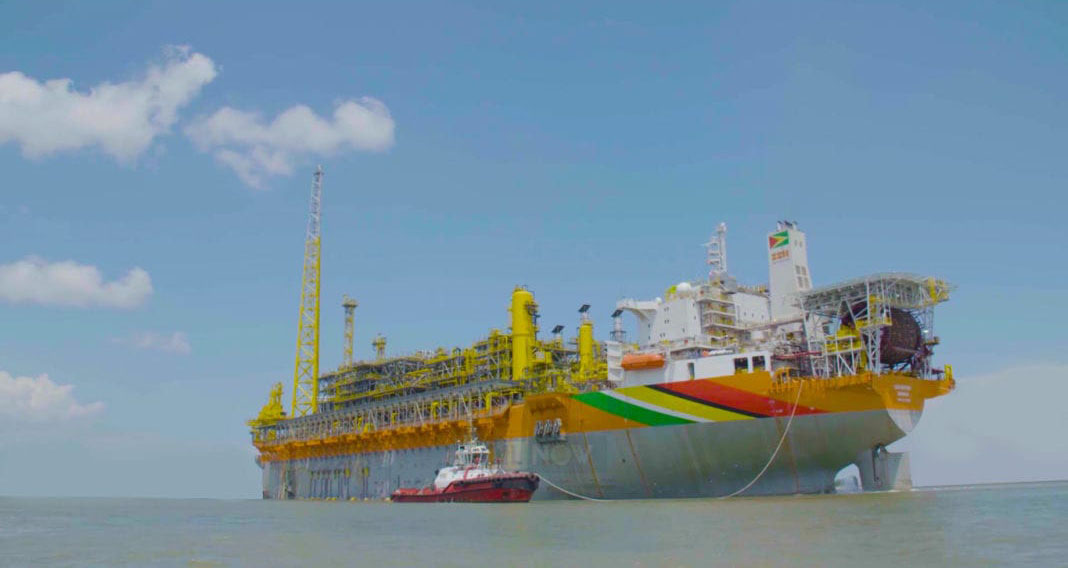Not long ago, any verifiable information from reliable sources that the Guyana economy had been registering anything above the level of its customary year-by-year underwhelming performance would have been sufficient cause for robust media-driven official celebrations. This, over the past year or so, has changed dramatically. The advent of the oil & gas industry and the expert assessment of the likely transformation that this will have on the country’s economy has significantly reduced the national hype and hoopla that customarily attends anything congratulatory that is said about the Guyana economy.
Earlier this week, for example, after a World Bank disclosure had forecast a stunning projected growth rate of 34.3% in the Guyana economy, the news elicited a mostly muted response from government, the private sector and the business community as a whole. The greater official preoccupation here is with soaking up the transformed atmosphere created by the country’s now widely envisaged oil & gas bonanza and more particularly with newly-fashioned international visitors that include wealthy investor types, returning Guyanese, and Heads of Government from countries as far away as Africa, all keen to reset their bilateral relations with what, arguably, is presently one of South America’s most popular ports of call.
Not only is the World Bank projecting that Guyana will almost certainly be the only country in the region to record double digit growth, according to the Bank’s semi-annual report on Latin America titled “Consolidating the Recovery; Seizing Green Growth Opportunities”, which was released this month, it is projected that Guyana is likely to do even better in the period further ahead. A measure of just how far ahead of the rest of the Caribbean Guyana is now projected to be in relation to annual growth rate is reflected in the fact that, according to the World Bank, the second highest growth rate projected for next year is St Vincent and the Grenadines, at 7.3 per cent.
Guyana’s huge oil finds and their potential for the transformation of the country have ceased to be talking points for either politicians or the public. The ExxonMobil offshore exploration that has already yielded recoverable resources totalling in excess of more than 10 billion oil equivalent barrels is a fact that has now come to be taken for granted.
Going forward, it is estimated that the Yellowtail production from the One Guyana FPSO vessel will develop an estimated resource of more than 900 million barrels of oil. The $10 billion project, which recently received formal ‘green light’ governmental and regulatory clearance, will reportedly include up to 26 production wells. Down the road there is the US$9 billion Payara development which targets an estimated resource base of approximately 600 million oil equivalent barrels.
At home, however, the high public rating which the sustained reporting on Guyana’s oil & gas production has attracted has become subsumed beneath public and political discourse as to just how much and how quickly the country’s ‘oil fortune’ can be put to work to transform lives.
At the moment the country is observing the brisk patter of political feet, locally as well as internationally, as it seeks both to point to external investor interest and to high-profile international gatherings at various oil & gas fora, as indications that the country is in a transformative mode.





